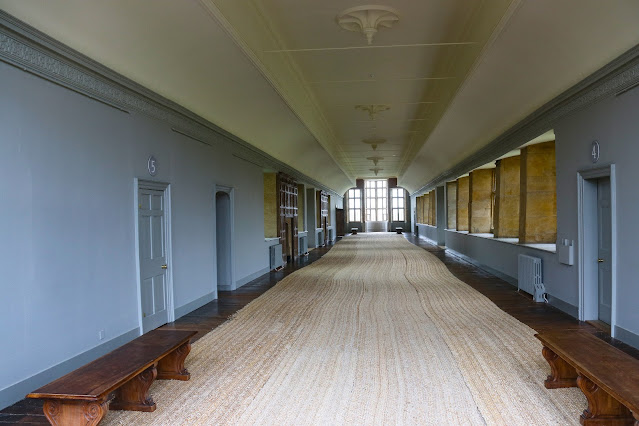In the Lady Chapel, is a large stained glass window of three lights, swirled about by paintings of semi-abstract flowers, along with others, most notably snowdrops, of almost botanic clarity. The dedication of the window was unexpected: WPC YVONNE FLETCHER 1958-1984 KILLED ON DUTY ST JAMES’S SQUARE LONDON. In the centre is a ‘METROPOLITAN EIIR POLICE’ badge of a star topped by a crown. It is an incident that those of us 'of a certain age' remember well.
Yvonne, who was a native of Semley, was a police officer fatally shot during a protest outside the Libyan embassy at St. James's Square, London, in 1984. Fletcher, who had been on duty and deployed to police the protest, died shortly afterwards at Westminster Hospital. Her death resulted in the Metropolitan Police Service laying siege to the embassy for the next eleven days, and the United Kingdom severing all diplomatic relations with Libya. No one has ever been convicted for her murder and, I guess, never will. |























No comments:
Post a Comment